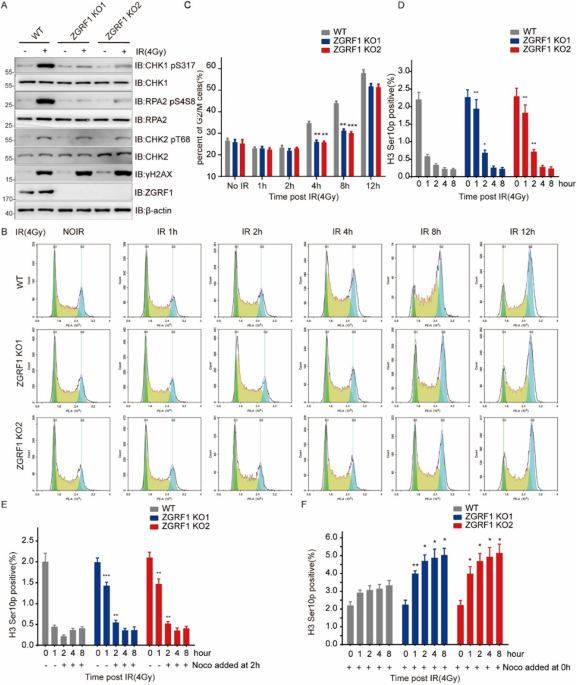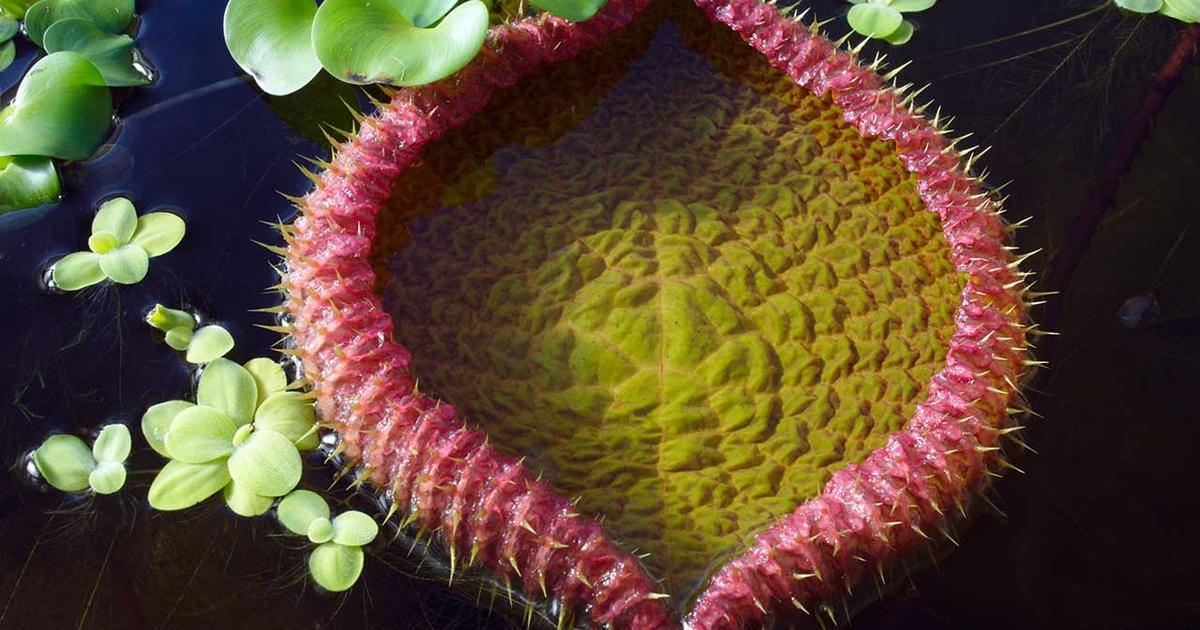
- Select a language for the TTS:
- UK English Female
- UK English Male
- US English Female
- US English Male
- Australian Female
- Australian Male
- Language selected: (auto detect) - EN
Play all audios:
Download PDF Correction Open access Published: 18 November 2022 Correction to: ZGRF1 promotes end resection of DNA homologous recombination via forming complex with BRCA1/EXO1 Shuang Yan1,2
na1, Man Song2 na1, Jie Ping3 na1, Shu-ting Lai1,2 na1, Xiao-yu Cao2,4, Chen-Jun Bai2, Da-Fei Xie2, Hua Guan1,2,4, Shan-shan Gao ORCID: orcid.org/0000-0003-0689-87742 & …Ping-Kun Zhou1,2,4
Show authors Cell Death Discovery volume 8, Article number: 460 (2022) Cite this article
623 Accesses
Metrics details
Subjects DNATargeted therapies The Original Article was published on 22 September 2021
Correction to: Cell Death Discovery (2021) 7:260 https://doi.org/10.1038/s41420-021-00633-7, published online 22 September 2021
There is an error in Figure 5 of the originally published article, where a wrong flow cytometric histogram was unfortunately uploaded in placed of ZGFR1 KO2 panel- IR 12h in Figure 5B. The
correct Figure 5 can be found below. The original article has been corrected.
Author informationAuthor notesThese authors contributed equally: Shuang Yan, Man Song, Jie Ping, Shu-ting Lai.
Authors and Affiliations Institute for Environmental Medicine and Radiation Hygiene, School of Public Health, University of South China, Hengyang, Hunan Province, People’s Republic of China
Shuang Yan, Shu-ting Lai, Hua Guan & Ping-Kun Zhou
Department of Radiation Biology, Beijing Key Laboratory for Radiobiology, Beijing Institute of Radiation Medicine, Beijing, People’s Republic of China
Shuang Yan, Man Song, Shu-ting Lai, Xiao-yu Cao, Chen-Jun Bai, Da-Fei Xie, Hua Guan, Shan-shan Gao & Ping-Kun Zhou
State Key Laboratory of Proteomics, National Center for Protein Sciences, Beijing Institute of Radiation Medicine, Beijing, People’s Republic of China
Jie Ping
College of Life Sciences, Hebei University, Baoding, He Bei Province, People’s Republic of China
Xiao-yu Cao, Hua Guan & Ping-Kun Zhou
AuthorsShuang YanView author publications You can also search for this author inPubMed Google Scholar
Man SongView author publications You can also search for this author inPubMed Google Scholar
Jie PingView author publications You can also search for this author inPubMed Google Scholar
Shu-ting LaiView author publications You can also search for this author inPubMed Google Scholar
Xiao-yu CaoView author publications You can also search for this author inPubMed Google Scholar
Chen-Jun BaiView author publications You can also search for this author inPubMed Google Scholar
Da-Fei XieView author publications You can also search for this author inPubMed Google Scholar
Hua GuanView author publications You can also search for this author inPubMed Google Scholar
Shan-shan GaoView author publications You can also search for this author inPubMed Google Scholar
Ping-Kun ZhouView author publications You can also search for this author inPubMed Google Scholar
Corresponding authors Correspondence to Shan-shan Gao or Ping-Kun Zhou.
Rights and permissionsOpen Access This article is licensed under a Creative Commons Attribution 4.0 International License, which permits use, sharing, adaptation, distribution and reproduction in any medium or
format, as long as you give appropriate credit to the original author(s) and the source, provide a link to the Creative Commons license, and indicate if changes were made. The images or
other third party material in this article are included in the article’s Creative Commons license, unless indicated otherwise in a credit line to the material. If material is not included in
the article’s Creative Commons license and your intended use is not permitted by statutory regulation or exceeds the permitted use, you will need to obtain permission directly from the
copyright holder. To view a copy of this license, visit http://creativecommons.org/licenses/by/4.0/.
Reprints and permissions
About this articleCite this article Yan, S., Song, M., Ping, J. et al. Correction to: ZGRF1 promotes end resection of DNA homologous recombination via forming complex with BRCA1/EXO1. Cell
Death Discov. 8, 460 (2022). https://doi.org/10.1038/s41420-022-01248-2
Download citation
Published: 18 November 2022
DOI: https://doi.org/10.1038/s41420-022-01248-2
Share this article Anyone you share the following link with will be able to read this content:
Get shareable link Sorry, a shareable link is not currently available for this article.
Copy to clipboard Provided by the Springer Nature SharedIt content-sharing initiative









